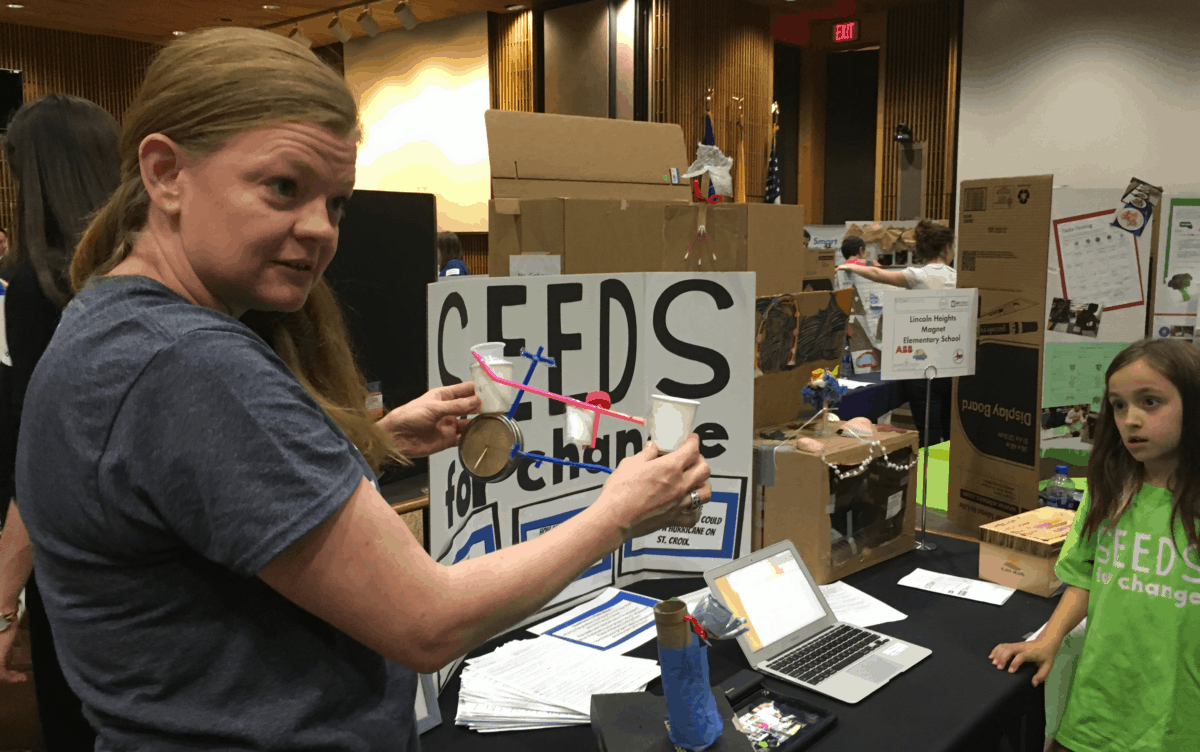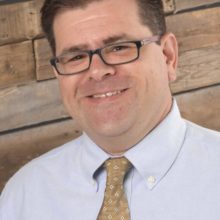There’s been a lot of buzz in recent years about exposing more K-12 students, especially girls and minorities, to STEM career fields. These fields are particularly male dominated, and they are among some of the highest-paying professions lately. However, the barriers to entry are smaller than other high-paying professions which require advanced degrees.
Much of the lack of gender and ethnic diversity in STEM (science, technology, engineering, and math)- focused careers is attributed to the idea that few students are exposed to the types of work done in these careers despite participating in and performing well in STEM subjects in school.
This lack of awareness among students has created an employment gap in fields that have extremely high demand for qualified employees. Private sector STEM companies are constantly on the hunt for qualified talent, and not just people who can do the tasks that their job would require, but the creative and critical thinkers, the collaborators, and the effective communicators.
Many programs have been developed to respond to these conditions. These are well-designed, value-add programs which target students at various levels of the K-12 spectrum, which are typically weighted toward middle and high school students. These programs give students the exposure to STEM careers and the pathways to get there. They range from one-day events, to after-school programs, to vacation camps, and more. Most them use a form of inquiry-based play to encourage students to use their content knowledge and “soft skills” to draw reasonable conclusions.
Part of the conundrum in the STEM education arena is finding feasible ways to reach all students. One-day or weeklong programs, summer camps or after-school programs don’t have the capacity to reach every student. In addition, most are optional and are chosen by students with interest in STEM subjects. Even if there were a seat for every student, STEM thinking shouldn’t be isolated from other learning experiences.
The best way to reach every student and provide STEM-based instruction throughout the curriculum is through the classroom teacher. All teachers, not just those in STEM disciplines. However, at present there’s no reason for any teacher to know how to incorporate STEM principles into regular instruction unless that teacher was already working in a STEM discipline. Even then, it’s unrealistic to expect a STEM discipline teacher to know what STEM companies are looking for beyond the curriculum content of a specific discipline.
This is where there is a gap between programs designed to expose students to STEM career fields and the content they are learning in the classroom. To build upon the interest among students generated from an exposure event, the students’ classrooms should regularly incorporate the STEM principles of the career fields the students will eventually enter. However, without experience in these fields, there’s no reason to expect educators would know how to bridge that gap on their own.


These programs offer educators the insider’s view of the careers their students might enter which gives the educators a new perspective on their curriculum content, even for those who are not teaching in a STEM discipline.
SummerSTEM is designed specifically for educators to learn in teams of two about STEM careers in various industries through immersive experiences during their summer break. This weeklong event also includes professional development in designing and implementing project-based learning units using the Buck Institute of Education’s model. Each team is also matched with a past SummerSTEM participant as a coach who mentors and guides the teams through the implementation of their project-based unit throughout the school year. The program culminates in a public event called STEMposium, which will be held Tuesday, May 7, 10 a.m. to 12 p.m. at PNC Arena (Register here).
There are several attributes that set this program apart from teacher professional development programs. Chief among them is WakeEd’s collaboration with the Wake County Public School System. Without direct support and participation of school system staff in planning and executing the program each year, SummerSTEM wouldn’t be as effective as it is.




There are very few programs which have such a strong impact on multiple aspects of teaching, both in practice and in job satisfaction, but the reach of SummerSTEM doesn’t stop there. Students also benefit from their teachers’ SummerSTEM experience.
According to the survey, 91% of teachers said their students increased their ownership of their own learning, 82% said it increased student leadership, 85% said it increased student collaboration, and 86% said it increased student engagement. When students feel empowered, they take a deep interest in their outcomes.
Results like these don’t come from one-day experiences for students or educators. These results are the product of collaborative, coached, practical, and professional learning anchored around the hands-on experience gained from immersive experiences at businesses in STEM industries. This understanding allows educators of all disciplines to enhance their instruction beyond their expert content knowledge to deliver an educational experience that prepares students for the type of thinking and problem solving they will be expected to do in the workplace.
Student-centered STEM events do an excellent job to pique interest in STEM industries, their career opportunities, and the pathways to reach those careers. However, there’s no guarantee they create the long-lasting impact or depth of understanding that a seasoned educator can. With the knowledge and expertise to develop lessons and incorporate STEM principles into regular instruction, educators will lead students to these high-paying and high-demand fields.
Editor’s note: This perspective was first published by the WakeEd Partnership. It’s been published with the author’s permission.



